I am a passionate canner. Over the years I’ve preserved thousands of jars of everything from fruit to soup. Canning is my go-to food preservation method for putting up garden surplus and saving leftovers.
In this, I’m not alone. In the last two years, there has been a huge surge of interest in canning. While this is nothing but good news, the past year has been challenging for canners. Supply-chain issues have resulted in shortages of everything from pressure canners to jars to lids. What’s a dedicated canner to do?
Expand, that’s what. Canning is but one of many different ways to preserve food. Nothing says we’re limited to just one method.
Freezing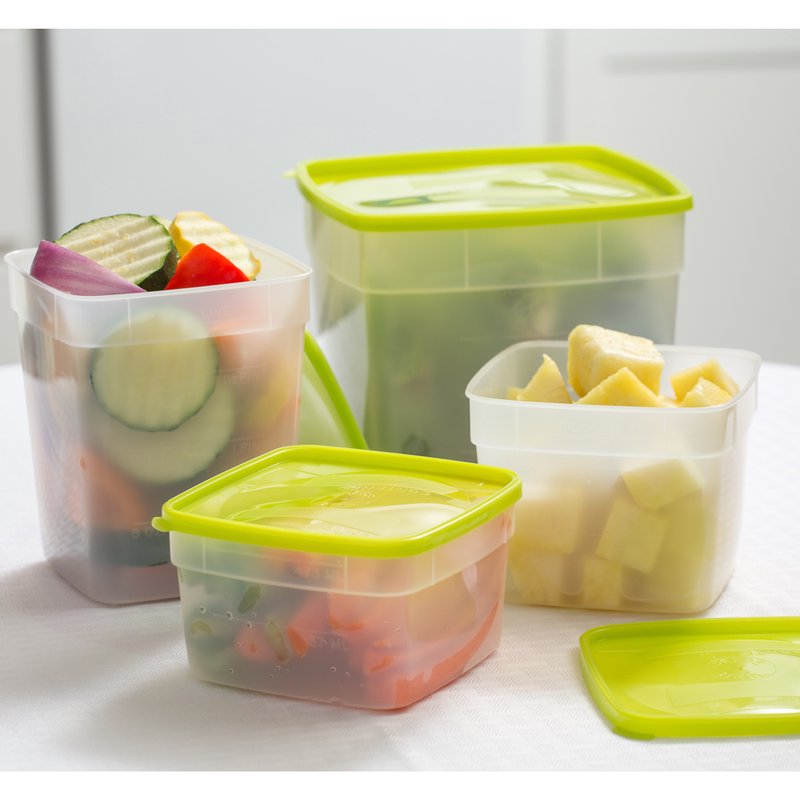
While freezers have their place, we must keep in mind freezers depend on the constant and steady availability of electricity. When power outages happen, the contents are in danger of defrosting. For that reason, it’s best not to depend entirely on freezers for food preservation.
Fermenting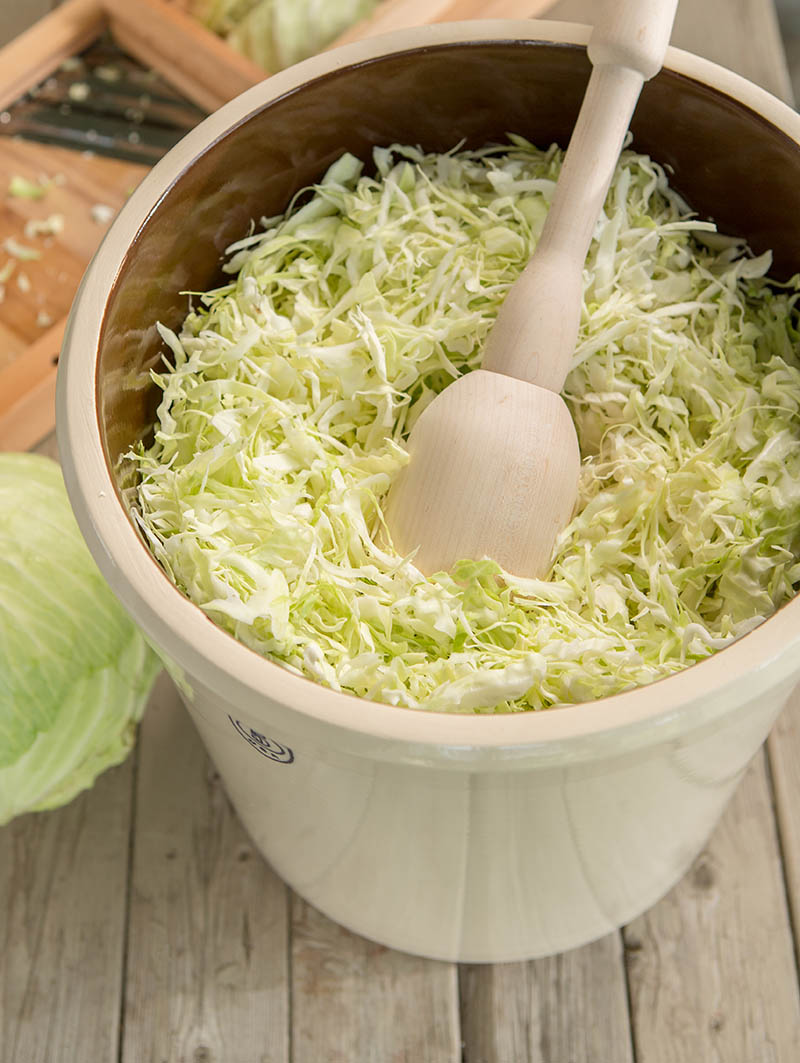
Fermenting garden veggies is an easy and delicious alternative to canning. Stoneware crocks and lids are ideal for turning cucumbers and cabbage into pickles and sauerkraut. The Kilner Jar is another option for fermenting vegetables by simply adding water and salt. Even more simple, Pickle Pipe fermentation lids (that fit onto wide-mouth canning jars) allow you to ferment many kinds of vegetables.
(Side note: And did you know you can “preserve” surplus eggs by using them in homemade pasta? Pasta makers and pasta drying racks make this option much easier.)
Dehydrating (Drying Food)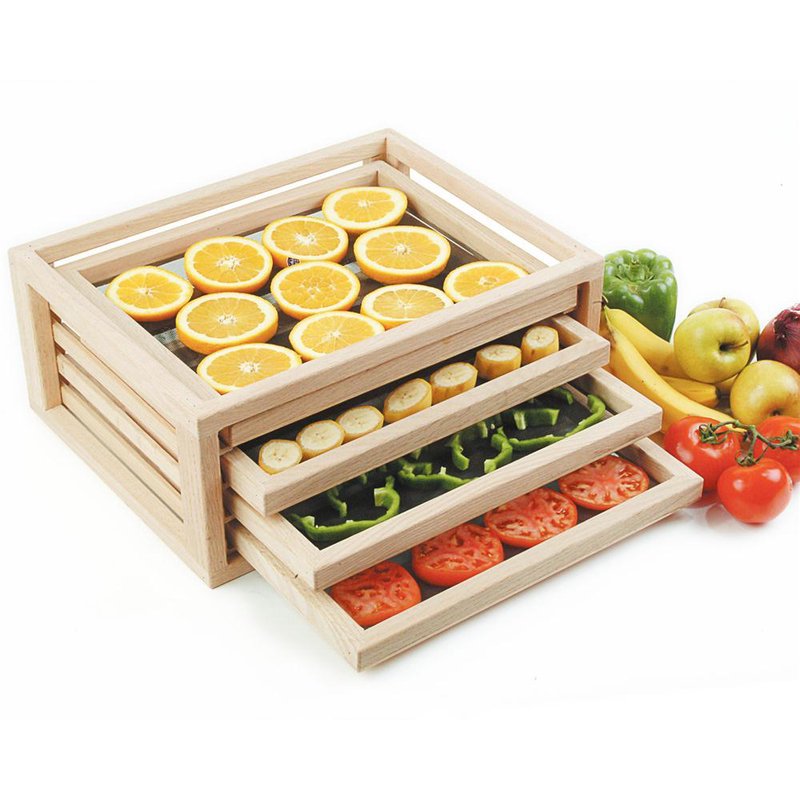
Dehydrating is one of the oldest and most flexible alternatives for food preservation. Meats, vegetables, and fruits can all be dried. If your storage space is limited, dehydrating is a wise option since it takes far less room to store the results. I can start with three pounds of fresh broccoli and reduce it down to the size of a quart jar. You can also create “meals in a bag” by mixing veggies, bits of dehydrated meat, and spices to taste. Add boiling water, wait a few minutes, and voilà: a hot filling meal.
Dehydrating can be done with an electric dehydrator, with a solar dehydrator, or even with racks set over a wood cookstove. The whole idea is to eliminate moisture.
Where to Start
If any of these alternatives to standard canning are unfamiliar or intimidating, one of the best things to do is obtain a reference book to answer questions and explain each step. My favorite is “Putting Food By,” but “The Ball Complete Book of Home Preserving” may be a better choice for beginners since it’s beautifully illustrated.
Like any skill, food preservation takes trial and error. You might find you prefer the texture and taste of one method over another (such as fermenting over canning, or dehydrating over freezing). That’s half the fun of food preservation: figuring out what works, what is most time- or space-efficient, and what your family prefers to eat.
These food preservation techniques have generations – often centuries – of success. If you find you’re doing something wrong with one method, don’t give up! Instead, seek the mentorship of someone more experienced to walk you through the problem.
It’s a whole wide world out there when it comes to preserving the harvest. Canning is just a tiny part of it. If canning supplies are in short supply, spread your wings and try something new. You might be pleasantly surprised at what you discover.


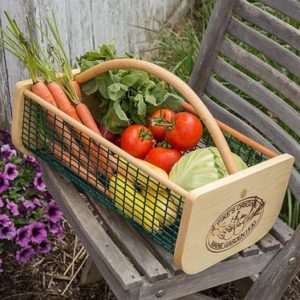
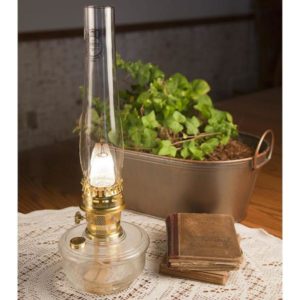




























Nice article. I would like to see another article on dehydrating. I have never canned and it still seems like an intimidating activity . Dehydrating items seems like the transition step I need. Thank you for writing this article for people who want to learn.
This would be a good thing to learn just in case the economy gets so bad we can’t get canning supplies. Thanks for the info and the book suggestions.
Dehydration methods also may include the Old Fashioned method of placing screen in the sunshine. It was done by my Family by laying an old sheet on a screen, setting it across the backs of a couple of ladder back chairs & using another screen to cover whatever was being dried and then putting the chairs & screen in the hottest sunshine. It often took more than one day to dry foods this way. In that case the sheets were rolled up and the product brought inside until the next day. Once the fruit of vegetable was dried, the product could be stored in crocks or barrels, usually in our root cellar. Another way green beans were dried was to string them on stout thread & put them up in the attic to hang till they dried. These were called “Leather Britches.”
Thank you ? gave me a good idea about all those egg’s. I needed that
[…] think it’s a fun adventure to learn alternative methods of food preservation but before we go any further, I want to be sure to stress the importance of making sure your […]